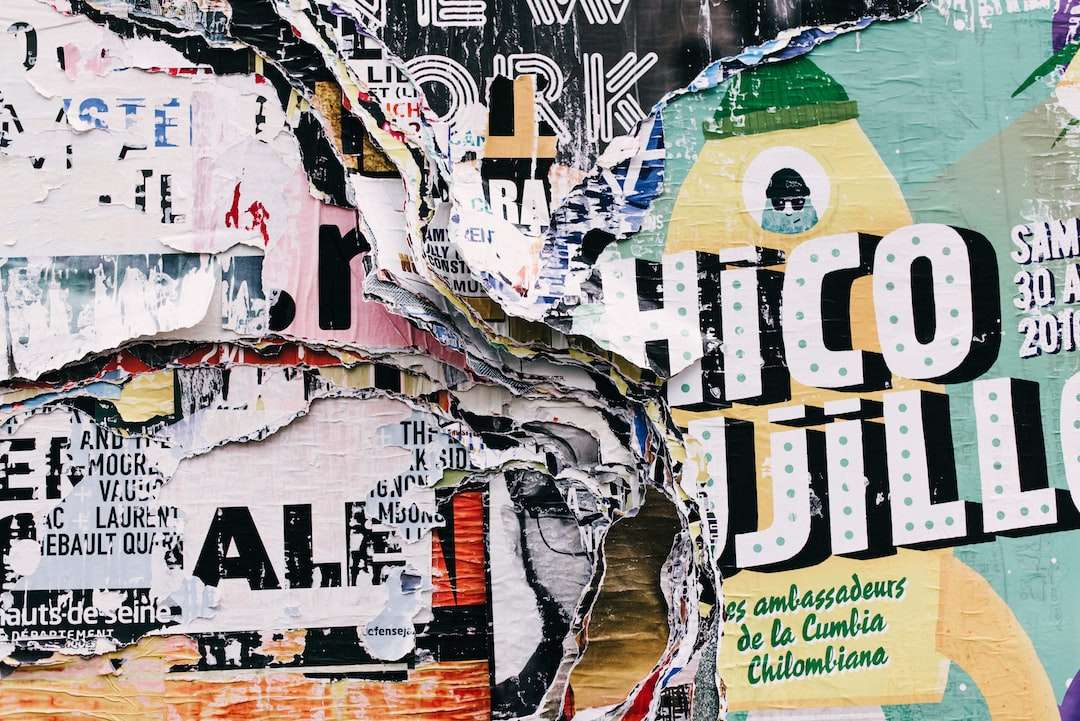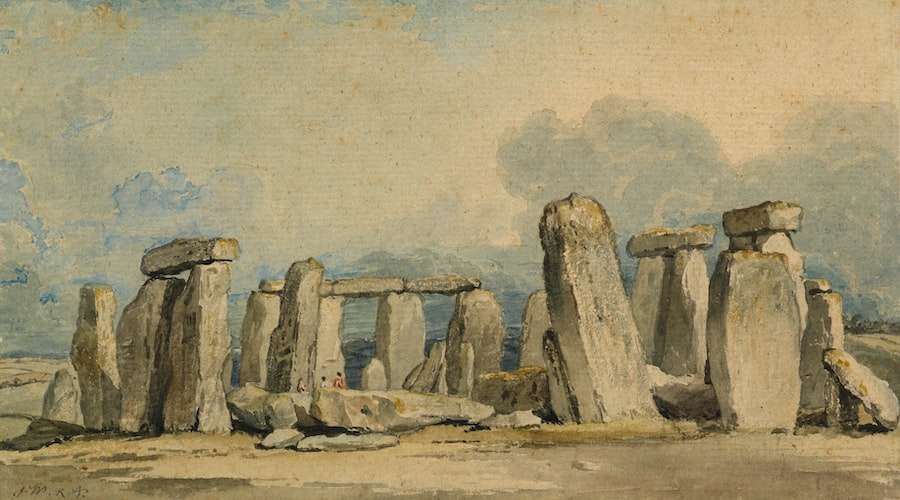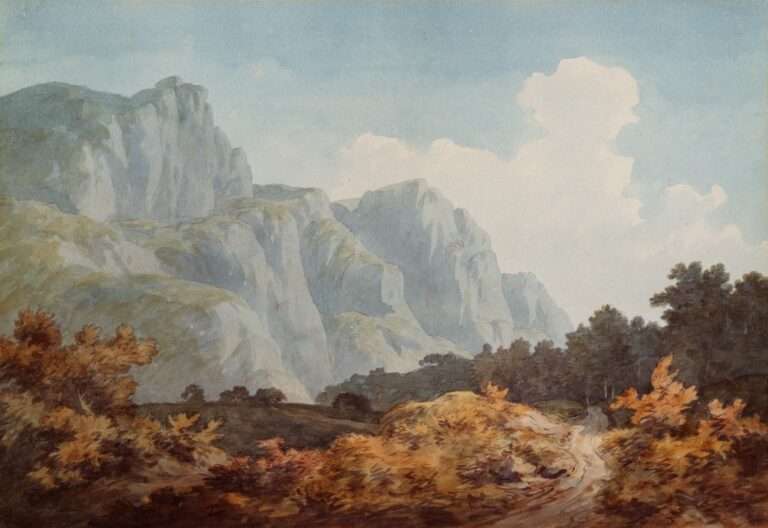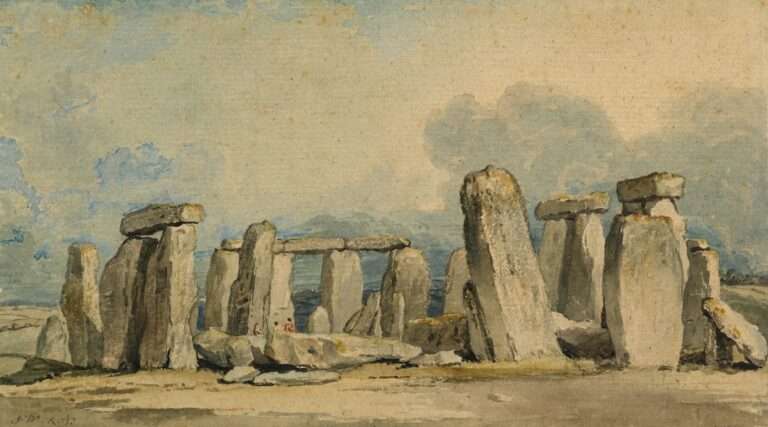Post-Impressionism Symbolism in Art

Post-Impressionism was an art movement that emerged in the late 19th century as a reaction to Impressionism. While Impressionism focused on capturing the fleeting effects of light and color, Post-Impressionism sought to convey deeper meaning and emotion through the use of symbolism. Post-Impressionist artists used symbols to represent ideas, emotions, and concepts in their artworks, allowing viewers to interpret and engage with the art on a more profound level.
The Origins and Development of Post-Impressionism Symbolism
Post-Impressionism emerged in the late 19th century as a reaction to the limitations of Impressionism. Artists felt that Impressionism did not adequately convey the deeper meaning and emotions they wanted to express in their artworks. They sought to move beyond the surface-level observations of Impressionism and delve into the realm of symbolism.
Key artists who contributed to the development of Post-Impressionism Symbolism include Paul Gauguin, Vincent van Gogh, and Paul Cézanne. These artists experimented with new techniques and styles, pushing the boundaries of traditional art. They sought to express their inner thoughts and emotions through their art, using symbols as a means of communication.
Understanding the Symbolic Meanings of Post-Impressionist Artworks
Post-Impressionist artists used symbols to convey meaning in their artworks. These symbols could represent a wide range of ideas, emotions, or concepts. For example, a sunflower might symbolize beauty or vitality, while a cypress tree could represent death or mourning.
Common symbols used in Post-Impressionist art include flowers, animals, and everyday objects. Artists would carefully choose these symbols based on their intended meaning, allowing viewers to interpret the artwork in different ways.
The Role of Color in Post-Impressionism Symbolism
Color played a crucial role in Post-Impressionism Symbolism. Artists used color to convey different emotions, moods, and meanings in their artworks. For example, warm colors like red and orange might represent passion or energy, while cool colors like blue and green could symbolize calmness or tranquility.
Post-Impressionist artists also experimented with the use of complementary colors to create contrast and tension in their artworks. They believed that color could evoke strong emotional responses in viewers, and they used this to their advantage when creating their art.
Symbolism in the Works of Vincent van Gogh
Vincent van Gogh is one of the most well-known Post-Impressionist artists, and his works are filled with symbolism. Van Gogh often used symbols to represent his own emotions and experiences. For example, his famous painting “Starry Night” is believed to symbolize his feelings of isolation and despair.
In “Starry Night,” van Gogh uses swirling brushstrokes and vibrant colors to create a sense of movement and energy. The stars in the painting are thought to represent hope and spirituality, while the cypress tree symbolizes death and mourning.
The Symbolic Representations of Nature in Post-Impressionism Art

Post-Impressionist artists often used nature as a symbol in their artworks. They believed that nature held deep spiritual and emotional meaning, and they sought to capture this in their art. For example, a blooming flower might represent growth or renewal, while a barren tree could symbolize death or decay.
Artists would carefully choose elements of nature based on their intended meaning. They would then use color, brushstrokes, and composition to convey these symbolic representations in their artworks.
The Symbolic Use of Objects in Post-Impressionism Art
Objects were frequently used symbolically in Post-Impressionism art. Artists would choose everyday objects and imbue them with deeper meaning and significance. For example, a chair might represent a sense of emptiness or absence, while a mirror could symbolize self-reflection or introspection.
Post-Impressionist artists would often manipulate the objects in their artworks to convey their intended meaning. They might distort the shape or color of an object, or place it in an unusual or unexpected context, to create a sense of ambiguity and intrigue.
The Symbolism of Dreams and Emotions in Post-Impressionism Art
Dreams and emotions were important symbols in Post-Impressionism art. Artists sought to capture the inner thoughts and feelings of the human experience, using dreams and emotions as a means of expression. They believed that dreams and emotions held deep symbolic meaning and could convey complex ideas and concepts.
Post-Impressionist artists often used dream-like imagery in their artworks to create a sense of mystery and intrigue. They would use symbols to represent different emotions, such as love, fear, or sadness, allowing viewers to connect with the artwork on a personal and emotional level.
The Influence of Post-Impressionism Symbolism on Modern Art
Post-Impressionism Symbolism had a significant influence on modern art movements. The use of symbols to convey meaning and emotion became a central aspect of many art movements that followed, including Expressionism, Surrealism, and Abstract Expressionism.
Artists such as Wassily Kandinsky, Salvador Dalí, and Jackson Pollock were all influenced by the symbolic language of Post-Impressionism. They continued to explore the use of symbols in their artworks, pushing the boundaries of traditional art and challenging viewers’ perceptions.
The Legacy of Post-Impressionism Symbolism in Contemporary Art
Post-Impressionism Symbolism continues to influence contemporary art. Many contemporary artists incorporate symbols into their artworks as a means of communication and expression. They use symbols to convey complex ideas, emotions, and concepts, allowing viewers to engage with the art on a deeper level.
Artists such as Yayoi Kusama, Ai Weiwei, and Banksy all incorporate symbolism in their artworks. They use symbols to address social and political issues, challenge societal norms, and provoke thought and discussion.
In conclusion, Post-Impressionism Symbolism played a significant role in the development of modern art. Artists used symbols to convey meaning, emotion, and concept in their artworks, allowing viewers to interpret and engage with the art on a deeper level. The legacy of Post-Impressionism Symbolism continues to influence contemporary art, with many artists incorporating symbols into their artworks as a means of communication and expression. The use of symbols in art allows for a rich and complex exploration of ideas and emotions, creating a lasting impact on the art world.
If you’re interested in exploring the symbolism of celestial bodies in art, you might find this article on “What Does the Moon Symbolize?” from Symbolism Hub intriguing. The moon has long been a subject of fascination for artists, and its symbolism varies across different cultures and artistic movements. From its association with femininity and emotions to its representation of cycles and transformation, the moon holds a rich symbolic significance in art. To delve deeper into the symbolic meaning of the moon, check out this informative article: https://symbolismhub.com/what-does-the-moon-symbolize/.
FAQs
What is Post-Impressionism?
Post-Impressionism is an art movement that emerged in the late 19th century in France. It is characterized by a focus on subjective expression, the use of vivid colors, and a departure from the naturalism of Impressionism.
What is Symbolism in Art?
Symbolism in art is a movement that emerged in the late 19th century in Europe. It is characterized by the use of symbols and metaphors to convey ideas and emotions, often with a focus on the spiritual or mystical.
How did Post-Impressionism influence Symbolism in Art?
Post-Impressionism had a significant influence on Symbolism in Art. Post-Impressionist artists such as Vincent van Gogh and Paul Gauguin used vivid colors and expressive brushstrokes to convey emotion and meaning in their work, which was a departure from the naturalism of Impressionism. Symbolist artists adopted these techniques and used them to create works that were highly symbolic and often mystical in nature.
Who were some of the key Post-Impressionist Symbolist artists?
Some of the key Post-Impressionist Symbolist artists include Vincent van Gogh, Paul Gauguin, Odilon Redon, and Gustave Moreau.
What are some of the key themes in Post-Impressionist Symbolism?
Some of the key themes in Post-Impressionist Symbolism include spirituality, mysticism, and the subconscious. Many Post-Impressionist Symbolist artists were interested in exploring the inner workings of the human mind and the mysteries of the universe. They often used symbols and metaphors to convey these ideas in their work.





